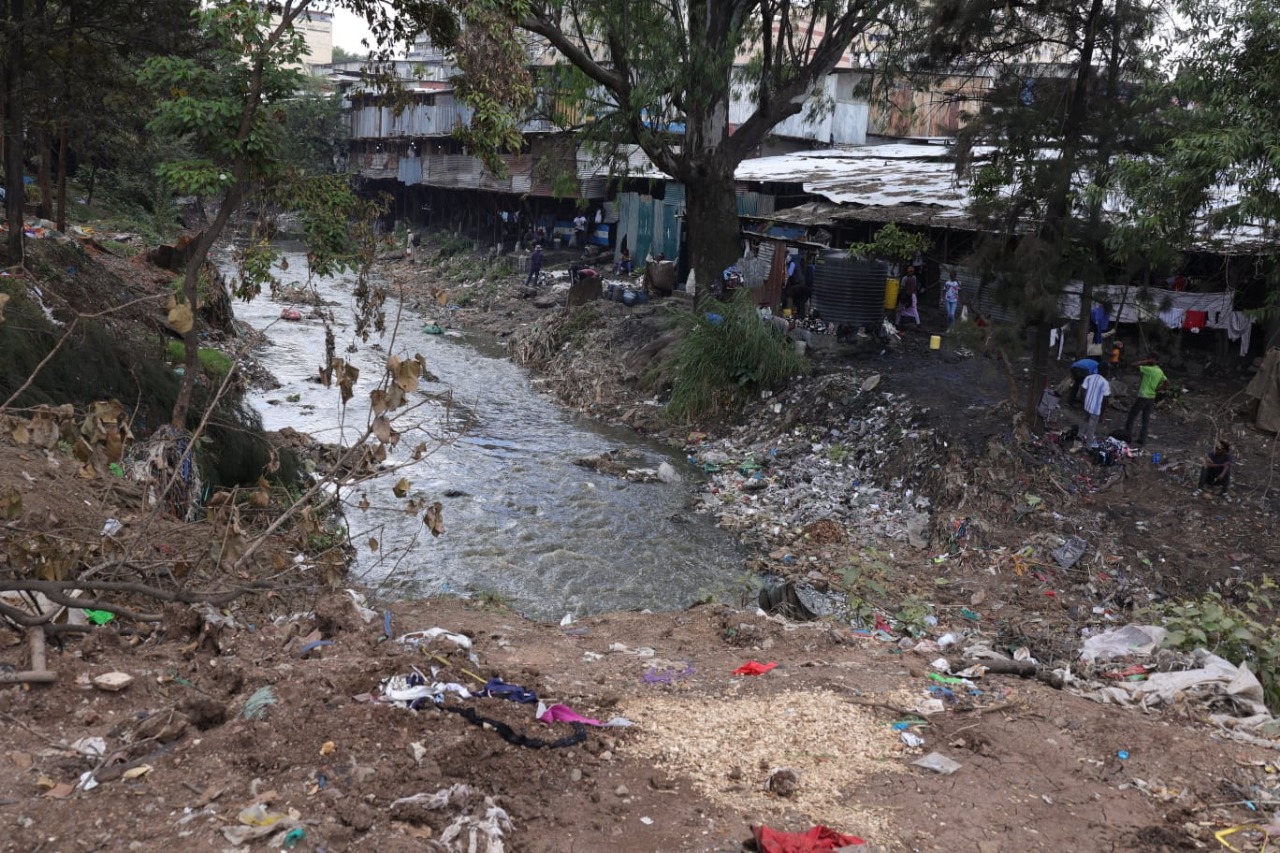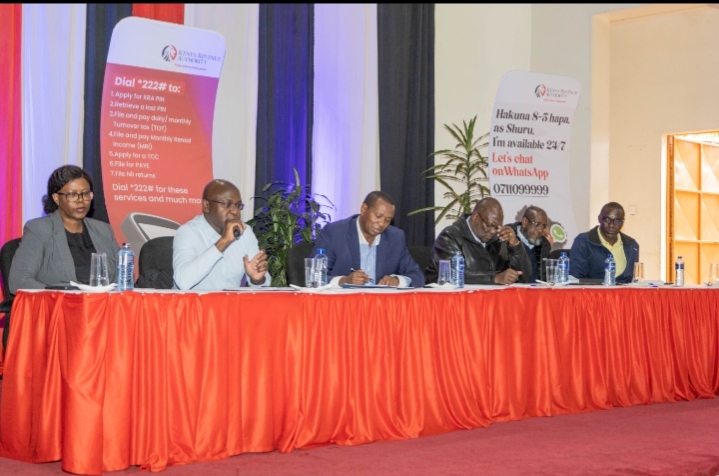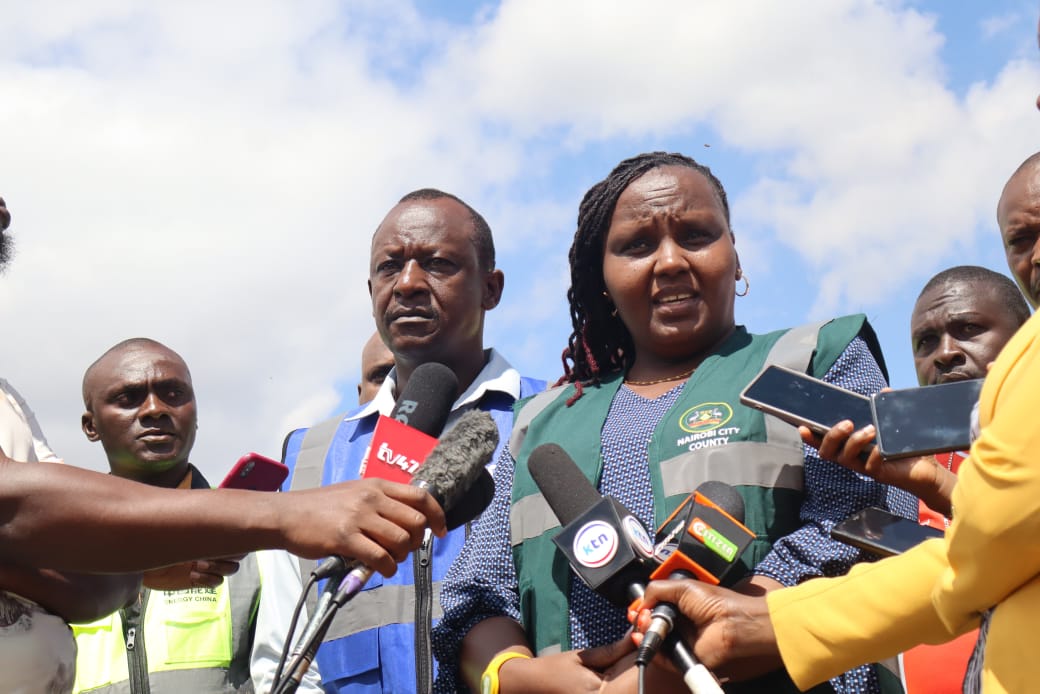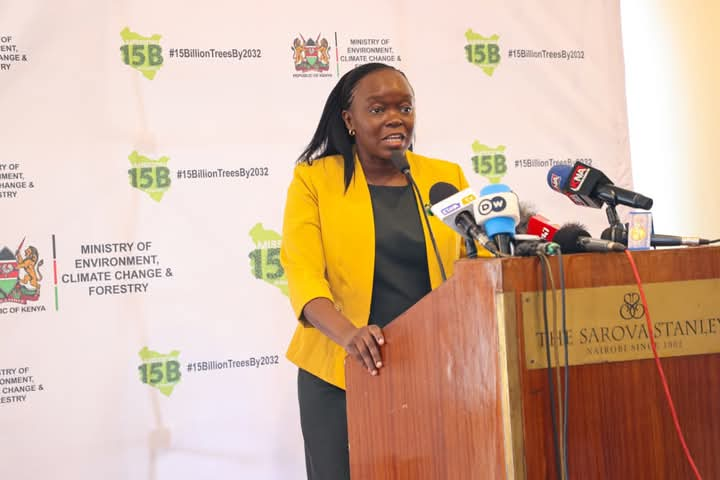Nairobi River Corridor Declared Special Planning Area as Regeneration Project Gains Momentum

Nairobi, October 11 – The Nairobi River corridor has officially been declared a Special Planning Area (SPA) under the Physical and Land Use Planning Act, 2019, marking a turning point in the city’s efforts to reclaim and restore its once-thriving river system.
The new legal status halts any new developments within a 60-metre buffer zone 30 metres of riparian reserve and an additional 30 metres of adjacent land to pave the way for a participatory planning process that will produce an Integrated Development Plan over the next two years.
The move coincides with Kenya’s celebration of National Mazingira (Environment) Day 2025, during which the Nairobi River Regeneration Project (NRRP) showcased significant progress in cleaning and rehabilitating the city’s river system. The KSh 50 billion initiative, launched in March 2025 by President William Ruto, is one of the most ambitious environmental and urban renewal efforts in Kenya’s history.
Balancing Ecology, Urban Growth, and Justice
The Integrated Development Plan, to be developed under the SPA framework, will balance ecological recovery, infrastructure renewal, and social justice. Pollution from the Nairobi River currently affects more than 2.5 million residents and threatens critical water resources downstream, including the Thwake Dam. The NRRP’s approach blends engineering, governance, and community action to reverse this trend by reducing exposure to contaminated water, improving sanitation, creating employment in green construction and waste management, and promoting organized, sustainable urban development.
Lt. Col. Kahigu Njoroge, Project Manager of the NRRP, underscored the broader vision during the Mazingira Day field tour.

“The Nairobi River Regeneration Project (NRRP) is more than an infrastructure plan it is a blueprint for fairness, health, and hope,” he said. “Every restored metre of riverbank brings us closer to a Nairobi where clean water, safe housing, and green public spaces are a shared reality for all.”
Restoring the City’s Lifeline
For decades, the Nairobi, Mathare, and Ngong rivers have mirrored the challenges of rapid urbanization ranging from unregulated waste disposal and raw sewage discharge to the encroachment of informal settlements and industrial pollution. Nearly 60 percent of wastewater flowing into the rivers has historically been untreated, leading to environmental degradation, flooding, and public health crises.
The NRRP tackles these issues through five strategic pillars:
- Flood control and drainage systems
- Sanitation and sewer infrastructure
- Urban transport and accessibility
- Catchment restoration
Urban landscaping and green public spaces
Under these pillars, the project is constructing a 60-kilometre trunk sewer line from Ondiri Swamp in Kikuyu to Ruai, establishing a new decentralized wastewater treatment plant in Kariobangi, and undertaking flood control works along the river corridor. The decontamination of the Dandora dumpsite, one of Nairobi’s most polluted areas, remains a central focus.
During the Mazingira Day tour, journalists visited key sites, including Kamukunji Grounds, City Cotton, Lucky Summer, and Dandora, where teams are clearing hundreds of metres of accumulated waste and stabilizing riverbanks.
“The Dandora stretch shows both the scale of the challenge and the opportunity for transformation,” Lt. Col. Njoroge remarked. “With strict enforcement, improved waste systems, and community partnerships, we are working towards a Nairobi where pollution is no longer a way of life.”
People at the Heart of Regeneration
The Nairobi City County Government, through the Department of Green Nairobi, is ensuring that communities remain central to the regeneration agenda.
“True regeneration begins with the people,” said Maureen Njeri, County Executive Commissioner for Green Nairobi. “The communities along the Nairobi River are partners in transformation. Their involvement in greening, waste management, and advocacy is shaping how we design urban spaces and housing.”

At the grassroots level, the project’s impact is already visible. Josephat Karomi, Chairperson of the Kamukunji Nairobi River Community, said the initiative has redefined youth participation and community safety.
“Through this project, our youth are involved in tree planting, clean-ups, and sports instead of crime,” he noted. “A new football pitch is being built here, showing that this initiative is transforming lives, not just landscapes.”
The Road Ahead
Once complete, the NRRP will deliver 10,000 social and affordable housing units, modern markets, green corridors, and non-motorized transport routes such as walkways and cycling paths. It will expand tree cover, restore biodiversity, and create new recreational spaces that promote urban livability.
The designation of the Nairobi River corridor as a Special Planning Area reinforces the government’s intent to reclaim the river as the city’s ecological and social spinea living symbol of renewal, resilience, and shared prosperity for Nairobi’s future generations.





